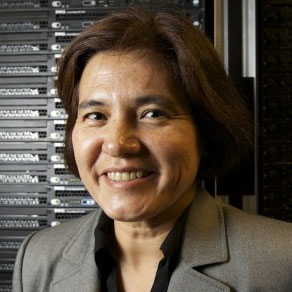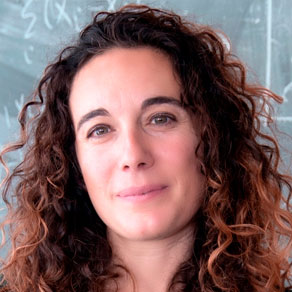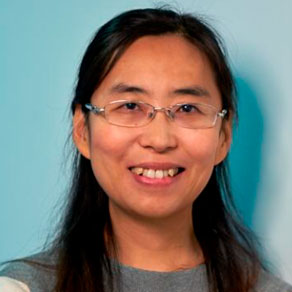
Bhiksha Raj
[introductory] Quantum Computing and Neural Networks
Summary
In this three-part short course, we will learn
a) about the basics of quantum computers, including the underlying concepts, some typical “quantum” algorithms that are touted in the literature, and its limitations,
b) some applications of quantum computers to typical machine learning problems, and
c) an application to deep neural networks.
The course will be accompanied by labs for hands-on practice.
Syllabus
Overall Flow:
1. Basic Quantum Computing: The concept behind quantum computing, Gates, Unitary, Measurement, Hamiltonians, Quantum Key exchange, Noise in quantum computers
2. Quantum ML: State preparation, Kernels, classifiers, QSVM, QPCA
3. Quantum NN and GANs: Feedforward QNN, Backpropagation, Barren Plateaus
Labs:
1. How to use IBM QC – Basic introduction of gates, how to design a circuit, Simon’s algorithm, and Amplitude Amplification (Grover’s), Quantum Key exchange
2. Demonstrate various state-preparation techniques, design a distance-based classifier. Design a quantum neural network using tensorflow quantum
References
IBM Summer School: Link
Supervised Learning with Quantum Computers (Book by Maria Schuld): Link
Programming Quantum Computers (Code)
Pre-requisites
Familiarity with probability and linear algebra. Python programming.
Short bio
Bhiksha Raj is a professor in the School of Computer Science at Carnegie Mellon University. Dr. Raj’s research interests lie in the area of speech and audio processing, privacy and security (particularly as applied to speech), machine learning and deep learning, and lately in the use of quantum algorithms to solve challenging problems in ML and DL. Dr. Raj is a fellow of the IEEE.
Teaching assistant: Prabh Baweja
Prabh Baweja is a Ph.D. student in Electrical and Computer Engineering at Carnegie Mellon University. He is part of Carnegie Mellon’s Quantum Information Science (QIS) group. Prabh’s research is focused on quantum machine learning, with additional focus on the use of quantum algorithms within convolutional neural networks.
























